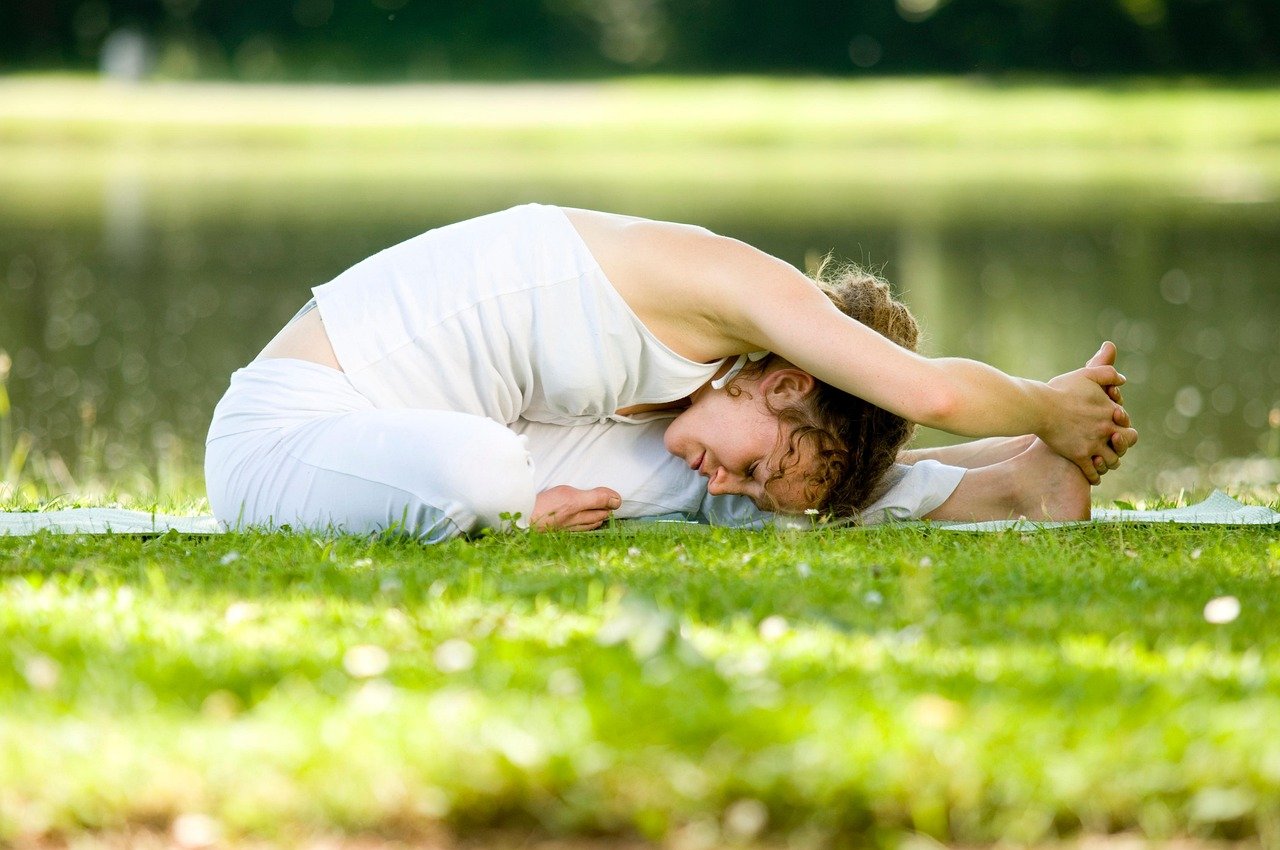Forest therapy and mindful hikes are becoming a lifeline for mental wellness across Canada.

As the pressures of modern life mount, an increasing number of Canadians are turning to the great outdoors for relief. Across provinces and territories, a quiet revolution is taking place—one rooted in moss-covered trails, whispering pines, and the rhythmic crunch of gravel beneath hiking boots. It's a return to something deeply human: nature as medicine.
Also known as Shinrin-yoku—a practice that originated in Japan—forest therapy is not about hiking for fitness, but rather about slowing down and immersing oneself in the forest atmosphere. In places like British Columbia’s Pacific Spirit Regional Park or Quebec’s Laurentians, certified forest therapy guides are leading walks that focus on mindfulness, sensory connection, and healing through presence.
“When people walk mindfully among the trees, blood pressure drops, stress hormones reduce, and anxiety often gives way to clarity,”
noted a forest guide based near Toronto. According to several recent Canadian surveys, participation in nature-based mental health programs has grown by more than 30% in the past two years.
Numerous Canadian health organizations and universities have begun supporting outdoor therapy programs. Nature immersion has been shown to activate the parasympathetic nervous system, reduce cortisol, and even improve sleep. A study from a university in Alberta found that participants in weekly guided nature walks reported a 45% decrease in symptoms of mild to moderate depression after just six sessions.
Canada is home to 38 national parks and 10 national park reserves, covering over 328,000 km². That’s more land than Germany, Italy, and the UK combined—plenty of space for forest therapy.
Some provinces have begun integrating nature therapy into healthcare services. Ontario’s “Parks Prescription” initiative encourages doctors to issue nature walk prescriptions, offering free or discounted access to provincial parks. In Nova Scotia, non-profits are offering mental health support groups entirely outdoors, where community building is paired with trailside reflection.
Even urban environments are catching on. In Montreal and Vancouver, city planners are creating “green corridors” to facilitate mental health walks that are easily accessible by public transit.
It’s not just organized therapy—ordinary Canadians are making mindful hikes a regular part of their lives. From Calgary’s Nose Hill Park to the Eastern Townships in Quebec, weekend hikers are leaving phones in the car, walking slower, and treating their time in nature as a sacred reset rather than a race to the summit.
Tip for Beginners: Start small. A 20-minute walk in your nearest green space with no distractions—no earbuds, no phone—can offer measurable benefits. Focus on your breath and notice the sounds, textures, and patterns around you.
For Indigenous communities across Canada, nature has always been central to wellness. Programs led by Indigenous Elders are now being offered to non-Indigenous Canadians as well, teaching respect for the land and sharing holistic methods of healing. In Yukon and Northern Ontario, culturally grounded nature retreats offer both solitude and guidance for those experiencing burnout or trauma.
Despite its benefits, access to nature is not equal across Canada. Urban sprawl, cost of transportation, and mobility issues still prevent many people from enjoying regular contact with wild spaces. Organizations such as Nature Canada and local community centres are working to change that through shuttle programs, community hikes, and trail accessibility improvements.
As Canadians continue to search for ways to preserve their mental well-being in an increasingly digital and demanding world, the forest path offers more than just scenery. It offers silence, reconnection, and healing. From urban trails to alpine valleys, the movement toward outdoor mental wellness is not just a trend—it’s a vital shift toward balance.
In the words of one hiker from Saskatchewan, “I come out here to forget the noise. And every time, I remember something about myself instead.”